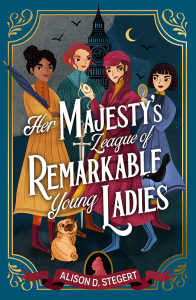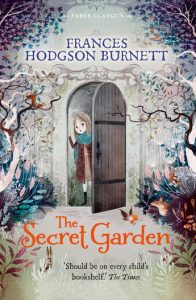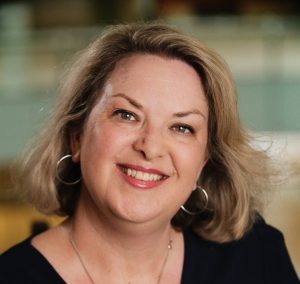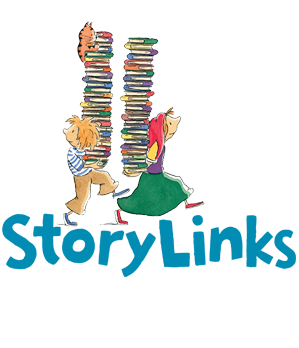




 Alison D. Stegert is a US born, Queensland based author for children. She writes stories for all ages, but particularly enjoys writing historical fiction for middle grade readers. Her Majesty’s League of Remarkable Young Ladies won the 2021 Times/Chicken House prize for an unpublished manuscript. It was released in the UK in 2023, and in Australia in May 2024. Alison is a big believer in the power and joy of creative community, and she’s a tireless supporter of other writers and illustrators through her work with SCBWI.
Alison D. Stegert is a US born, Queensland based author for children. She writes stories for all ages, but particularly enjoys writing historical fiction for middle grade readers. Her Majesty’s League of Remarkable Young Ladies won the 2021 Times/Chicken House prize for an unpublished manuscript. It was released in the UK in 2023, and in Australia in May 2024. Alison is a big believer in the power and joy of creative community, and she’s a tireless supporter of other writers and illustrators through her work with SCBWI. One of things I loved about this book was the weaving of historical facts with wild – yet historically plausible! – inventions and adventures. Can you tell us a little about your research methodology and any highlights of the background research process?
One of things I loved about this book was the weaving of historical facts with wild – yet historically plausible! – inventions and adventures. Can you tell us a little about your research methodology and any highlights of the background research process? The book that set me off on this love affair with 19th-century Great Britain was The Secret Garden by Frances Hodgson Burnett. It was set in 1901, the year of Queen Victoria’s death, and it opened my eyes and heart to the Victorian era. For true grit, you can’t go past Dickens of course for a vivid experience of London.
The book that set me off on this love affair with 19th-century Great Britain was The Secret Garden by Frances Hodgson Burnett. It was set in 1901, the year of Queen Victoria’s death, and it opened my eyes and heart to the Victorian era. For true grit, you can’t go past Dickens of course for a vivid experience of London. Lara Cain Gray’s book The Grown Up’s Guide To Picture Books is being published in September this year.
Lara Cain Gray’s book The Grown Up’s Guide To Picture Books is being published in September this year.Error: Contact form not found.
